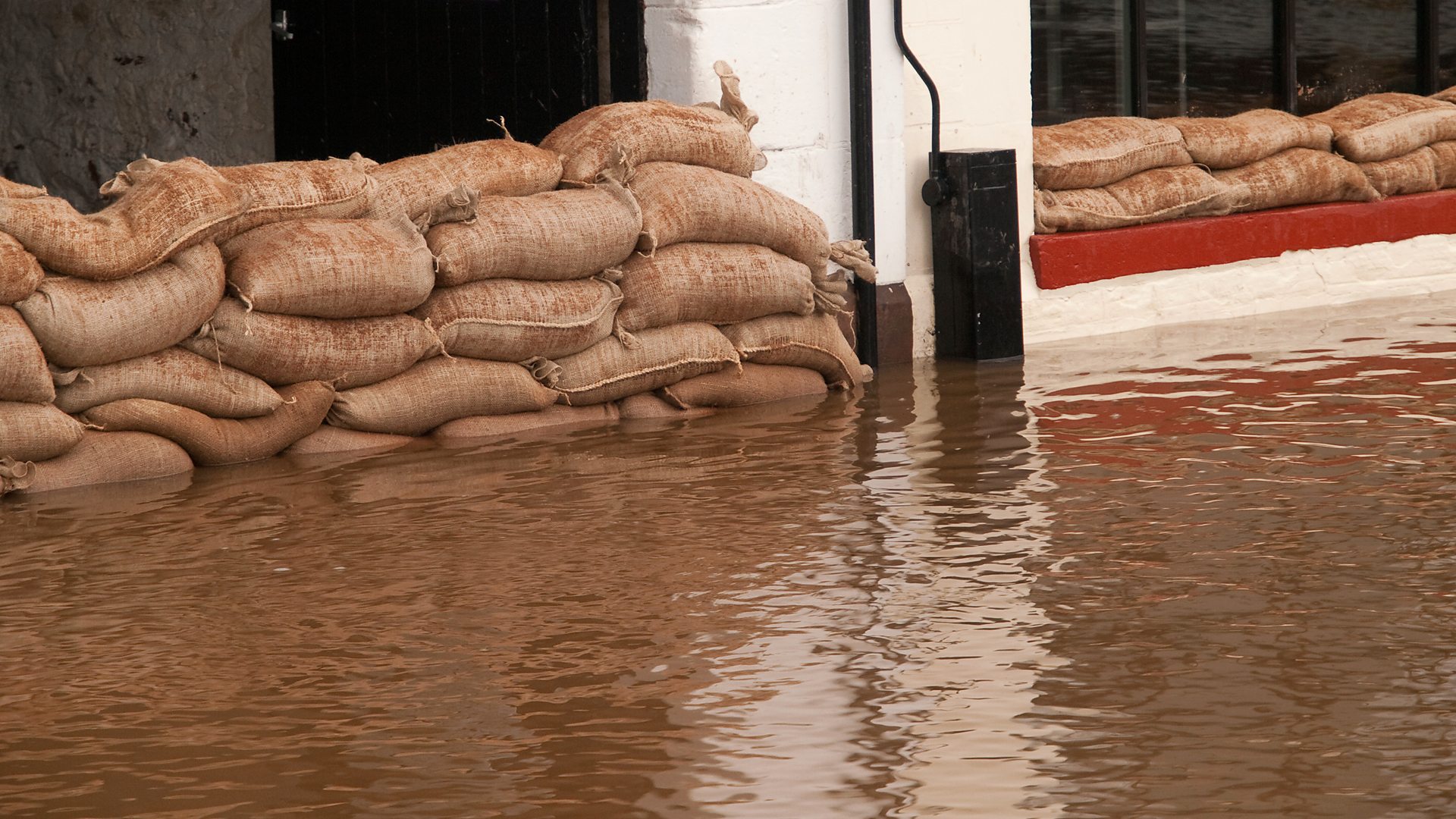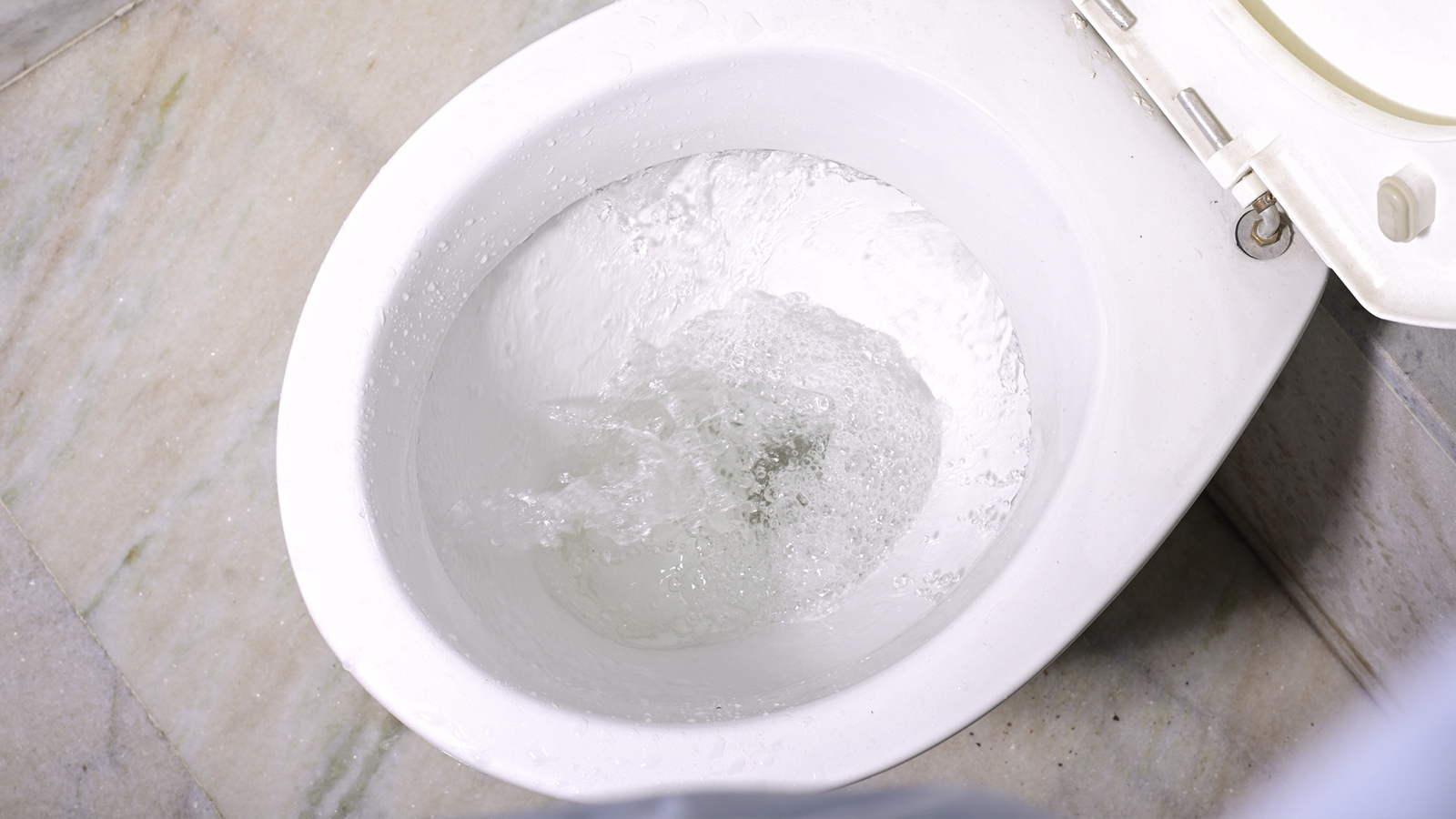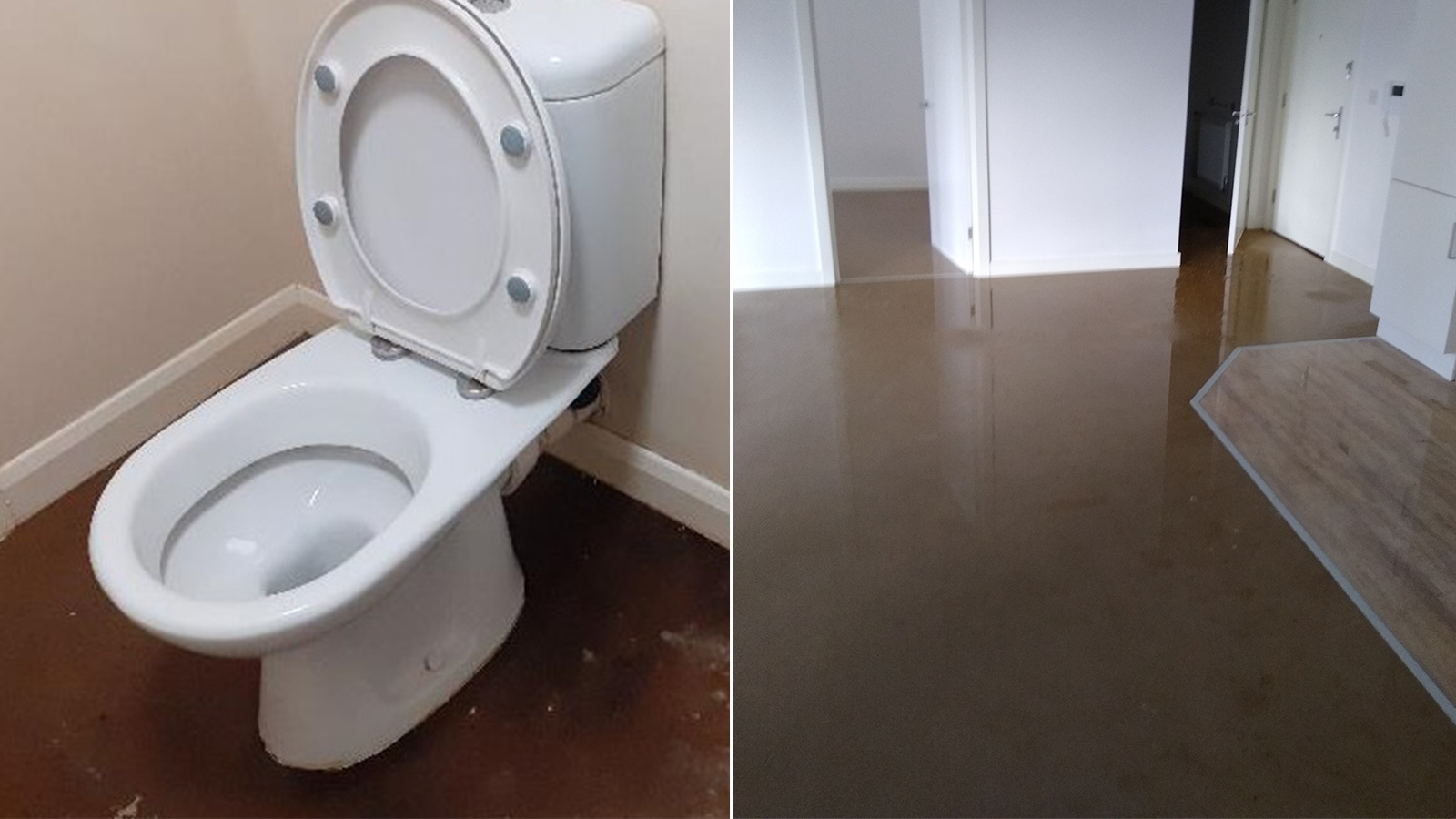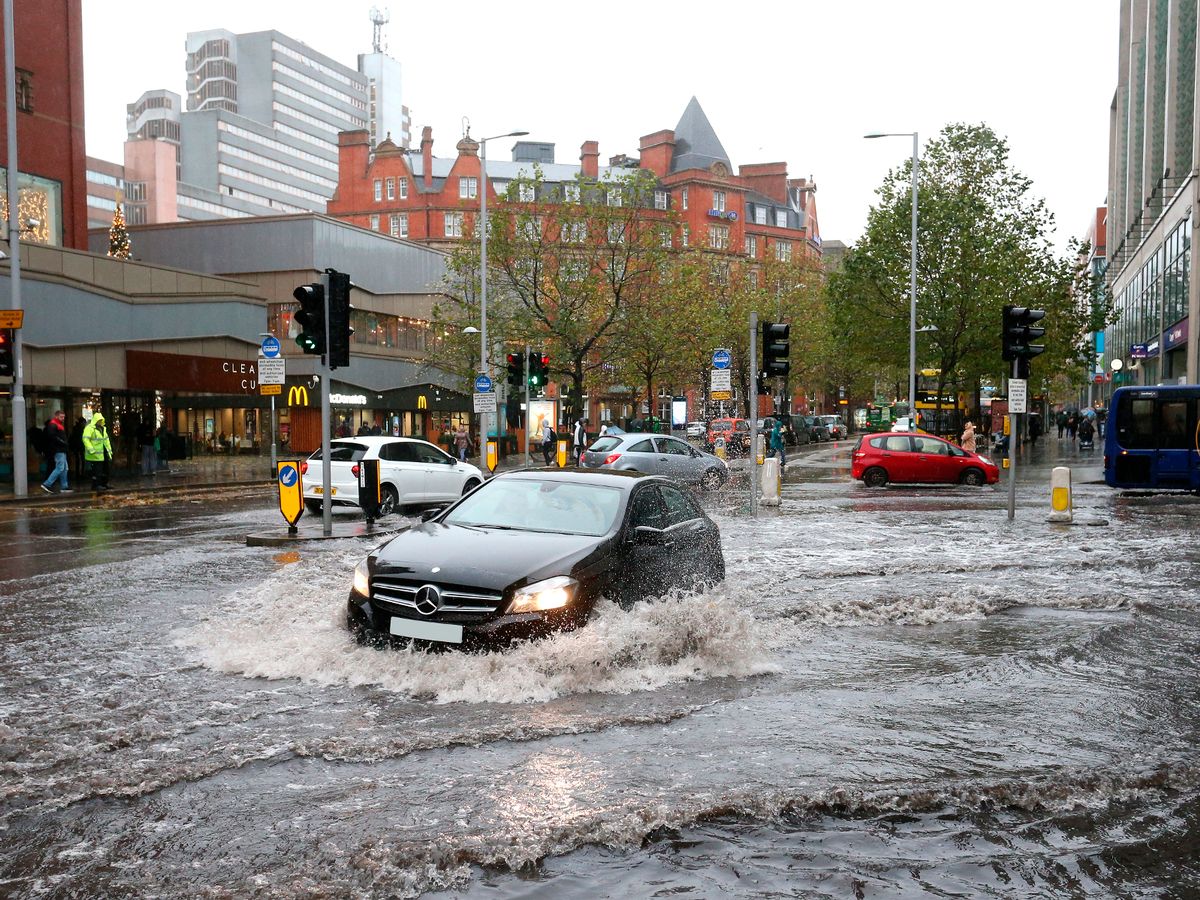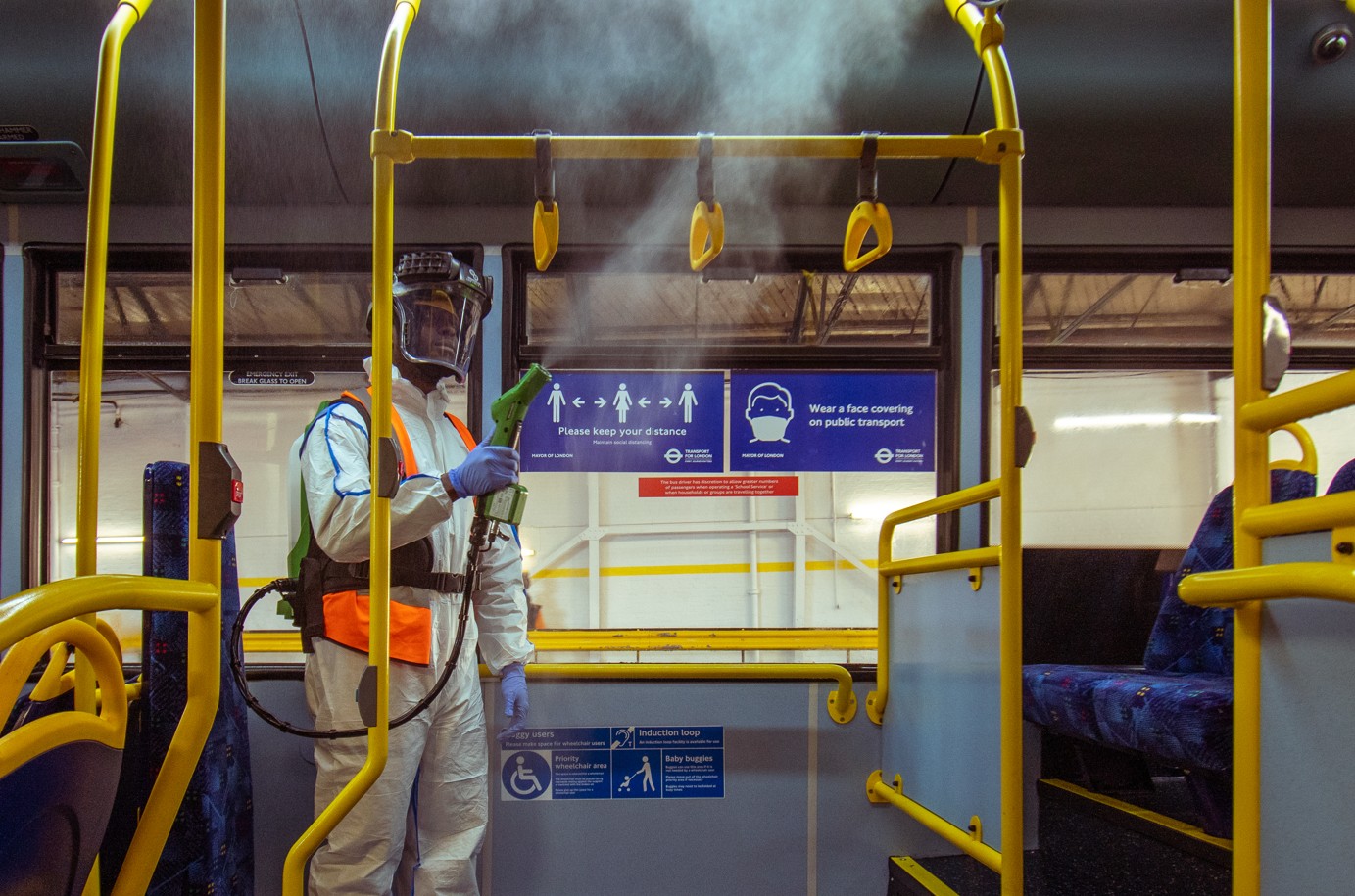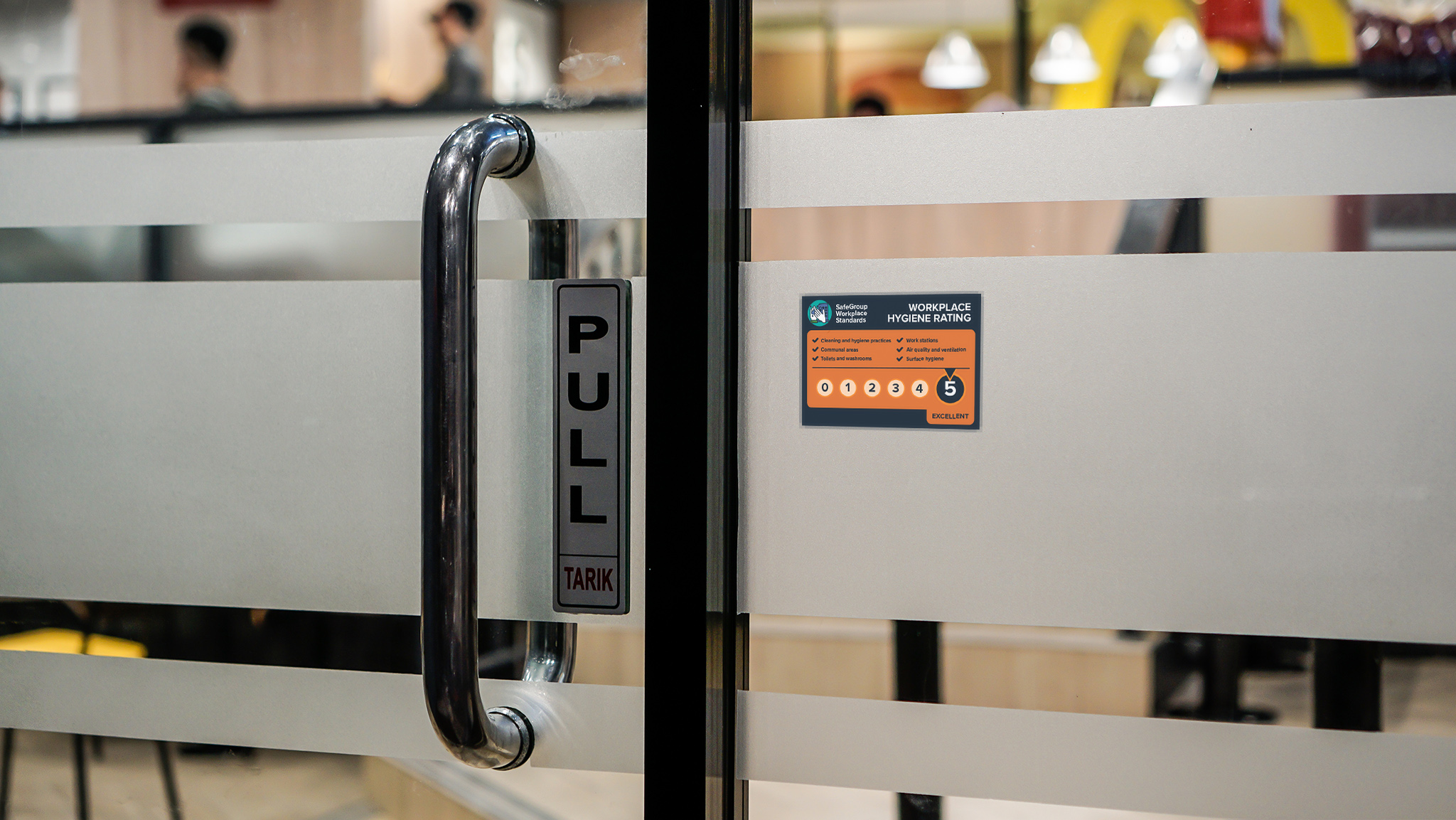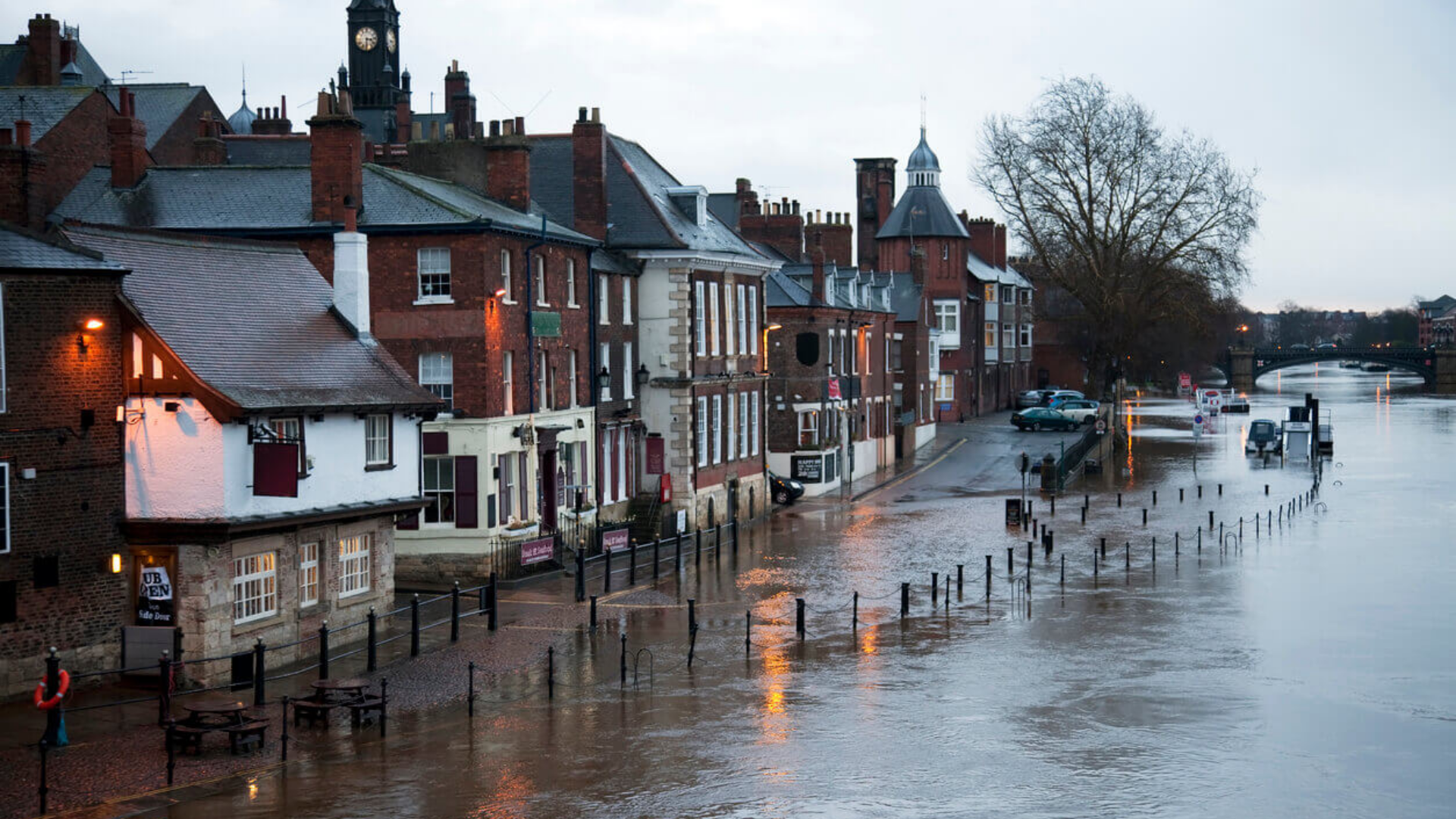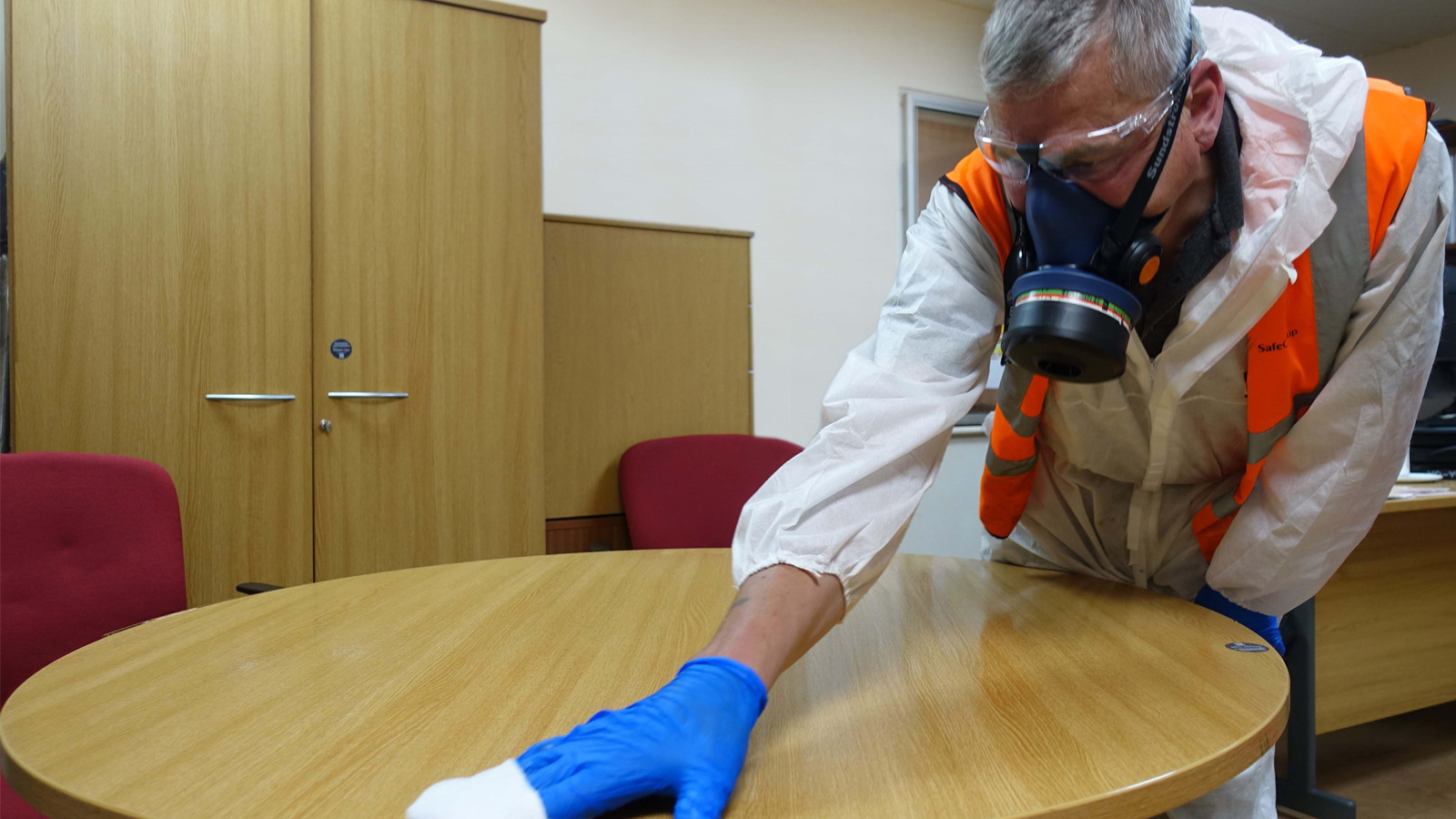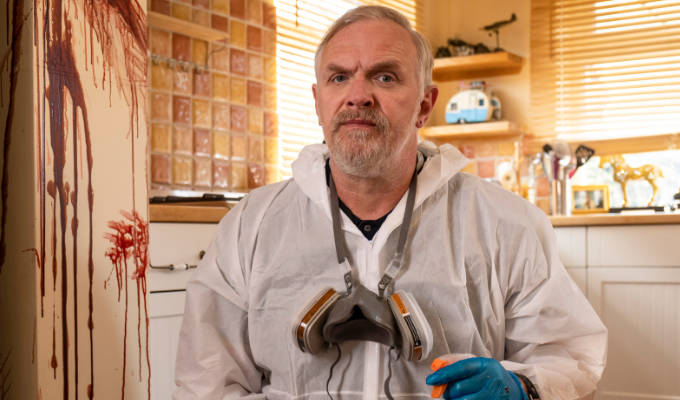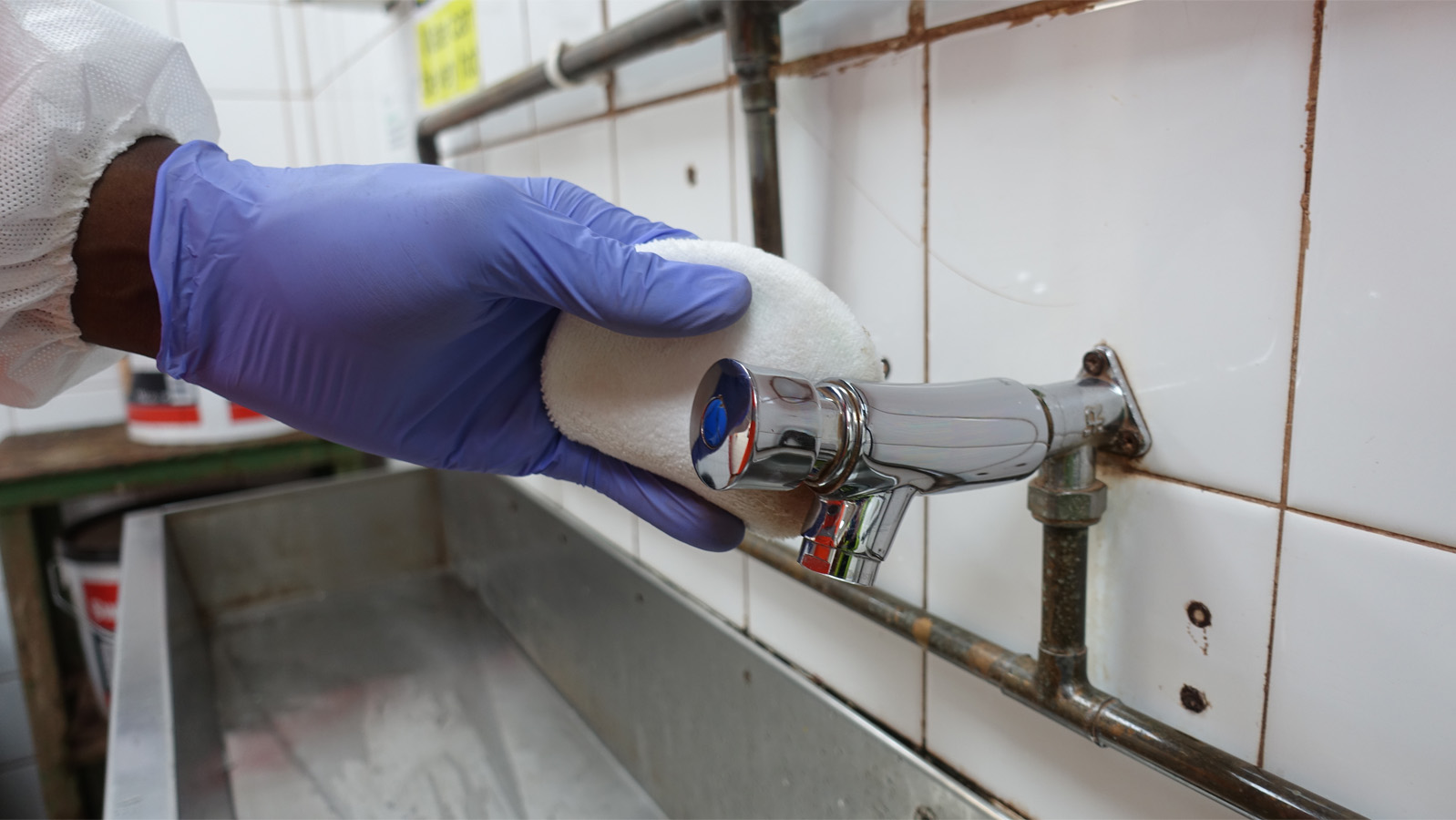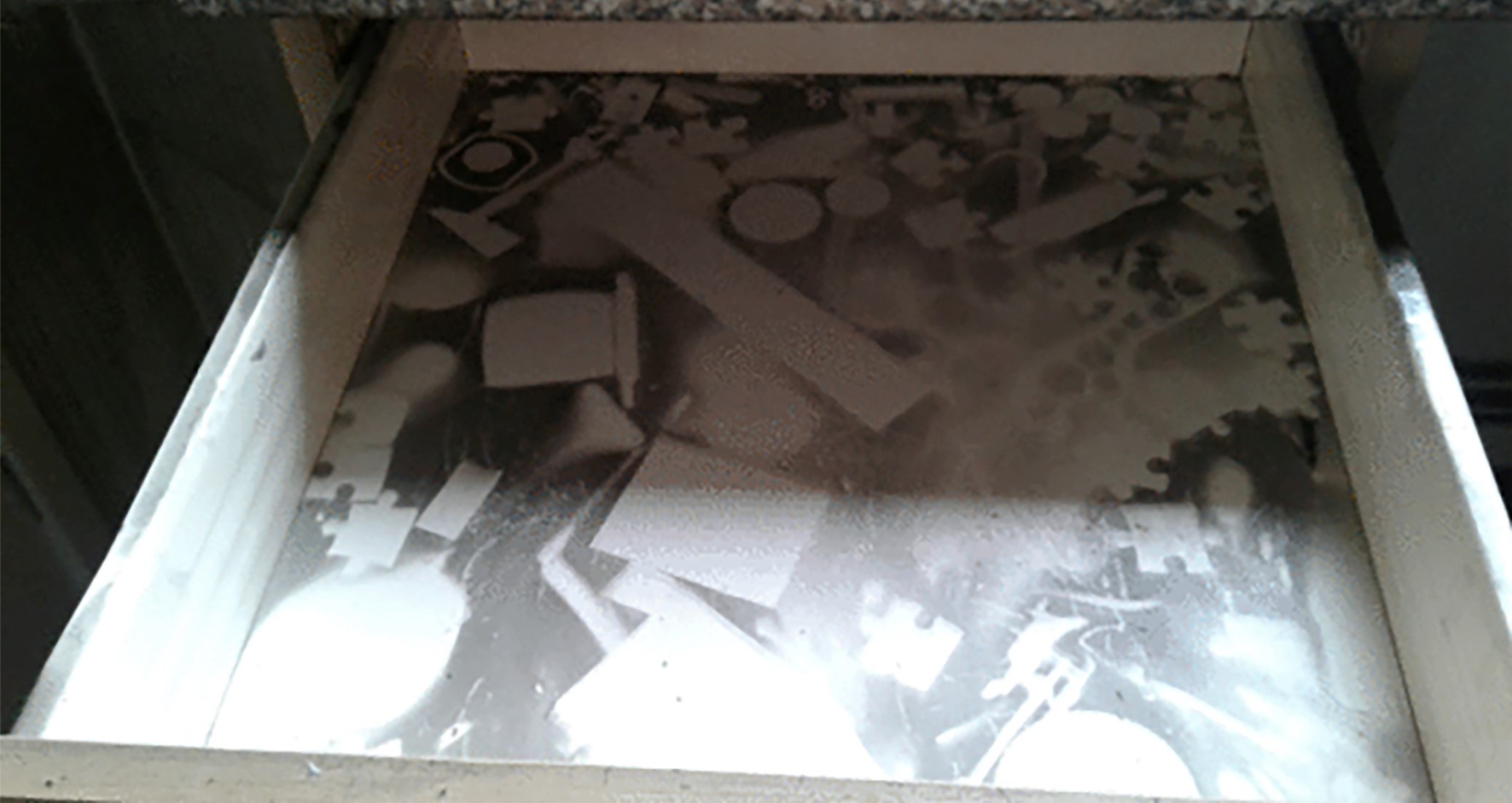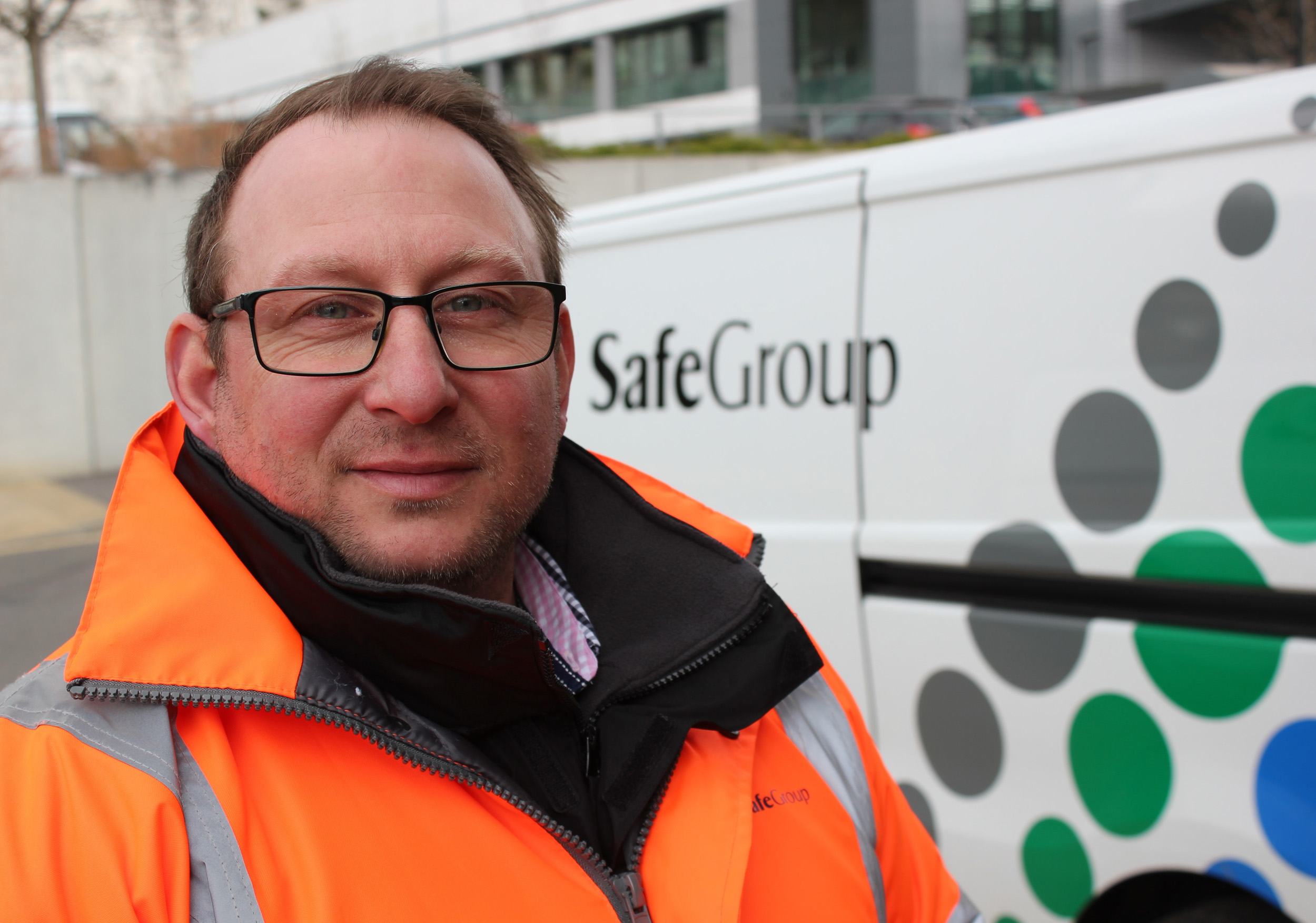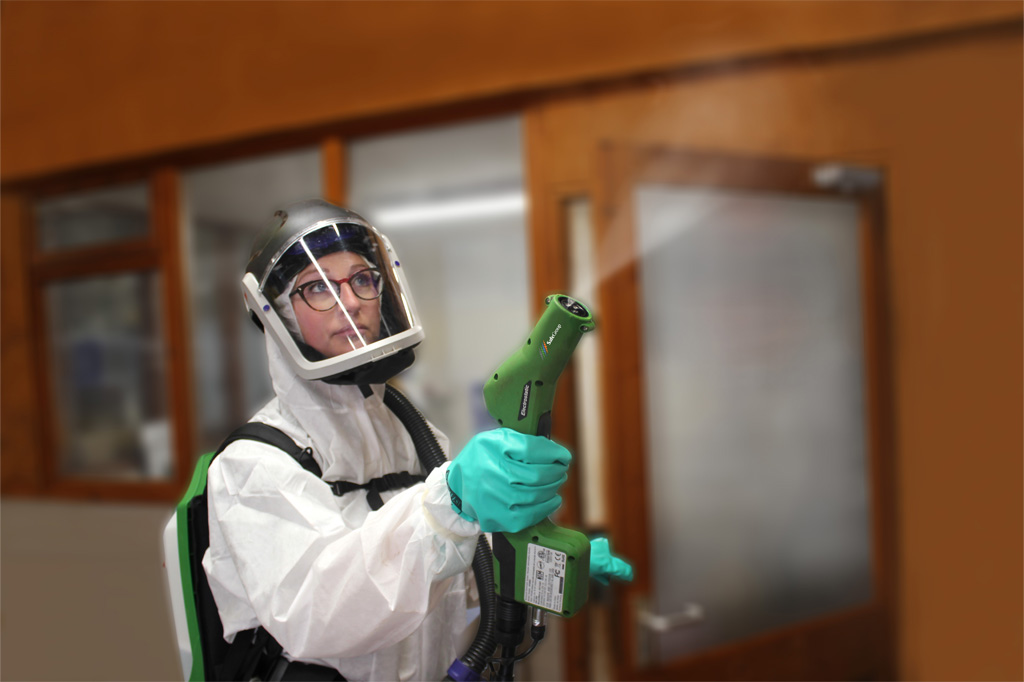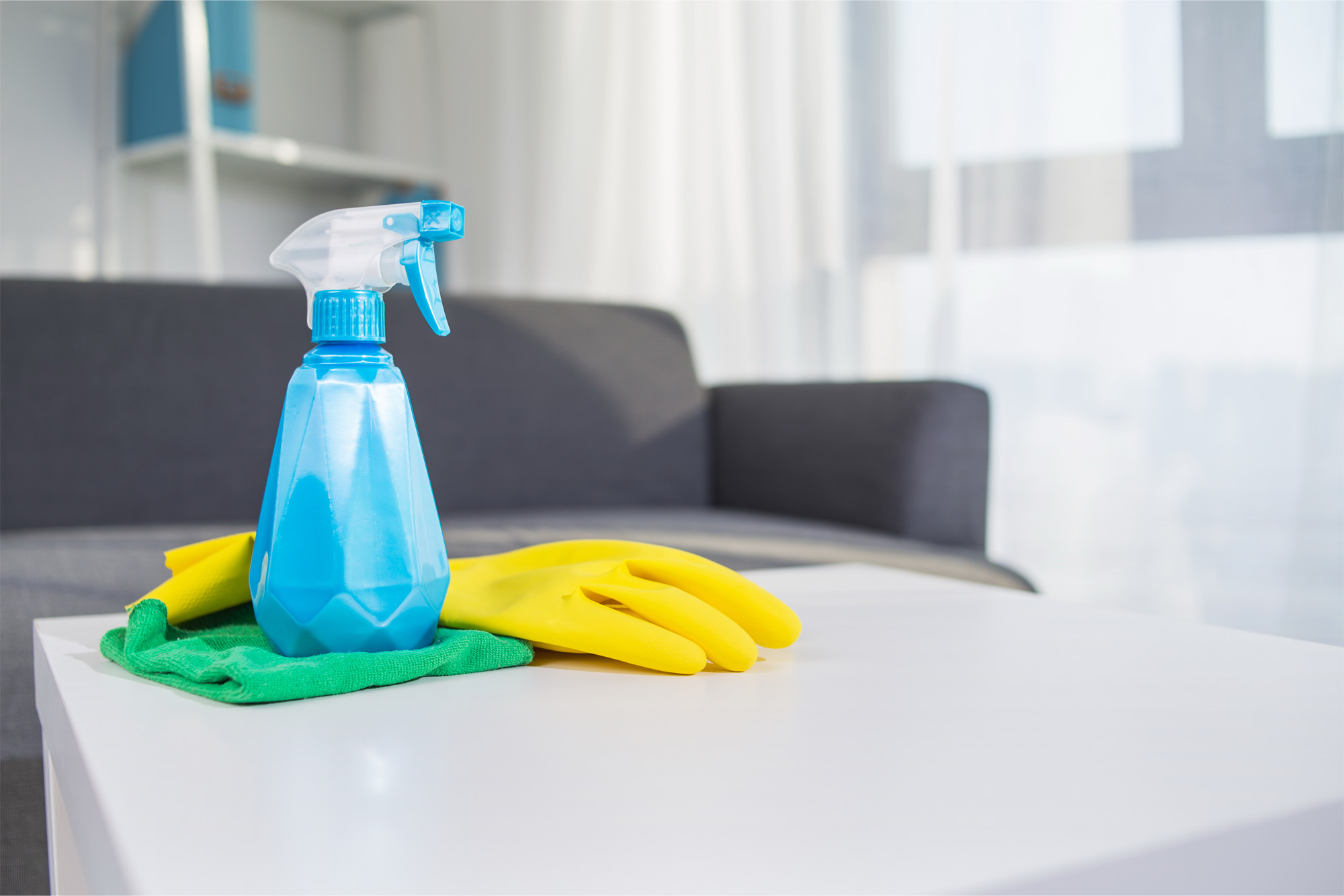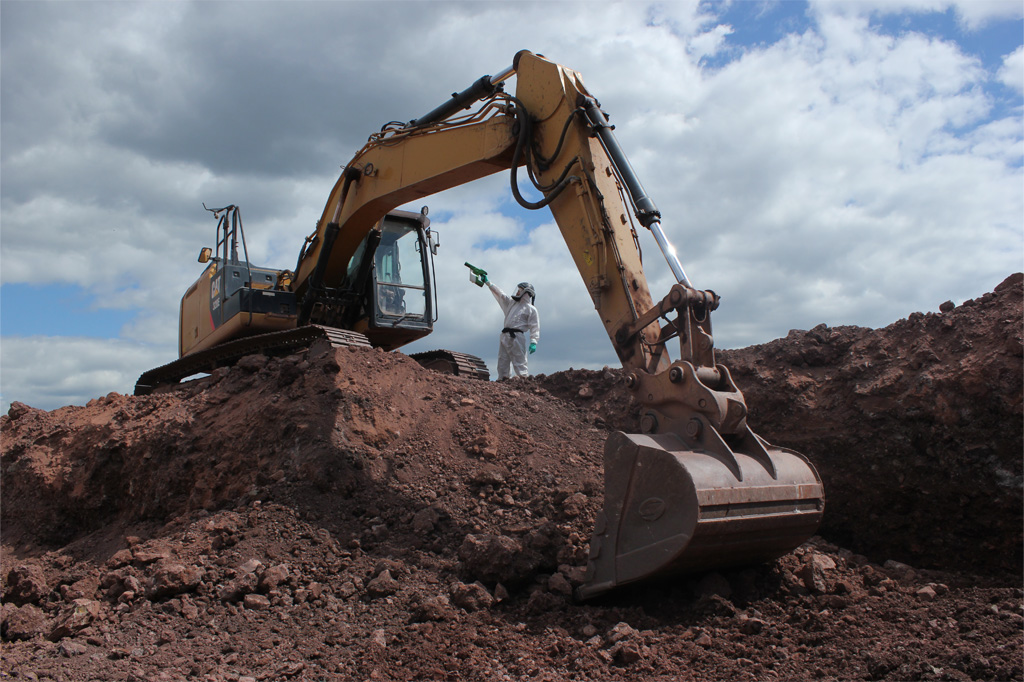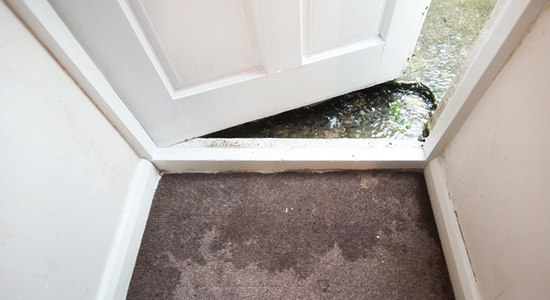The flood clean-up has begun across London.
Thousands of people are having to pump water from homes and businesses and carry out emergency flood cleaning after huge downpours over the weekend caused chaos and heartache.
Flooding is no longer only associated with autumn and winter. Summer flooding is a real risk across the UK and a reality in London and parts of the South East.
Multiple areas of London have been flooding, with the worst-affected areas in East London. On Sunday, two East London NHS hospitals called on patients with emergency conditions to attend other A&E departments.
Whipps Cross Hospital and Newham Hospital could not cope because of the disruption caused by flash flooding in local streets.
Effective flood response
It is a timely reminder that taking decisive action to protect against flooding caused by severe weather events is now an essential part of business planning across the UK, pretty much no matter where you are located.
Streams and sewers that previously caused no problems are now overflowing with greater frequency.
The flooding across the UK’s capital at the weekend followed a previous inundation two weeks before in which one month of rain fell in just one day.
Thames Water said it received 2,500 calls for help as sewers overflowed in just one hour.
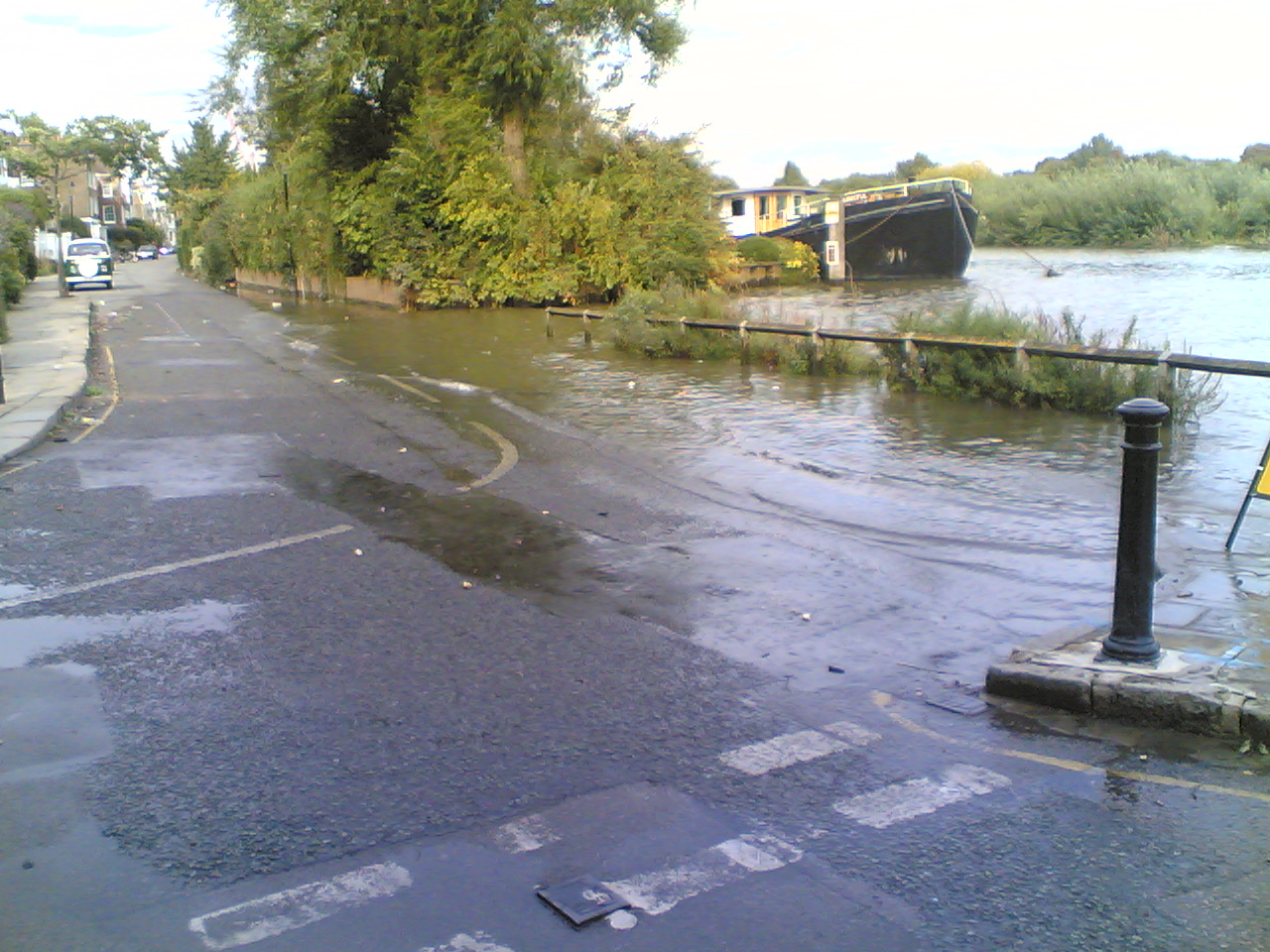
Widespread communities affected
Flood recovery is taking place across large parts of the South East of England.
Communities in London affected were as far apart as Kensington, in West London, where Queen guitarists Brian May’s home was flooded, and South Woodford in North East London.
On Monday 26 July 2021, there were two flood warnings in place in London, in West Barnes and Worcester Park.
Other flood warnings covered communities further afield:
- Stour Brook from Haverhill to Sturmer, in Suffolk
- Bumpstead Brook through Steeple Bumpstead to New England, in Essex
- Monktonmead Brook at St John’s, on the Isle of Wight
- Whitwell, Wroxall, Langbridge and Alverstone on the Eastern Yar, also on the Isle of Wight
A further 19 less severe flood alerts have also been issued, covering most of the capital and parts of surrounding counties.
Is your business at risk from flooding?
It is important to know if your property and business is at risk.
There are a number of resources available which will help you determine the likelihood of a flood hitting your business.
The Environment Agency is one such source, with a flood map available.
You can register your business for free and receive flood warnings if there is a chance of an incident in your area.
Who is responsible for managing flood risks?
As of 2007, it was determined by the government that local councils would handle responsibility for prevention and handling of flooding.
As a result, local authorities, such as London boroughs, working with other agencies, manage a local flood risk strategy.
Councils that act as highway authorities are also responsible for flooding on standard roads, and from public drains, and should be contacted if either of these arise.
The Environment Agency is responsible for managing and responding to flooding from rivers.
Information on river flood emergencies is made available on the agency’s Floodline (0345 988 1188).
If a public sewer or drain floods, the local water company is responsible for responding. In London, that means Thames Water.
What to do in a flood emergency
Ongoing problems with volatile weather and flash flooding proves how important it is for businesses to have an emergency flood plan.
Key issues to consider include:
- Evacuation planning
- Emergency contacts, including insurance representatives
- Stock protection and recovery
- Site protection, for example barriers, if appropriate
- Temporary business relocation
- Customer and supplier communication
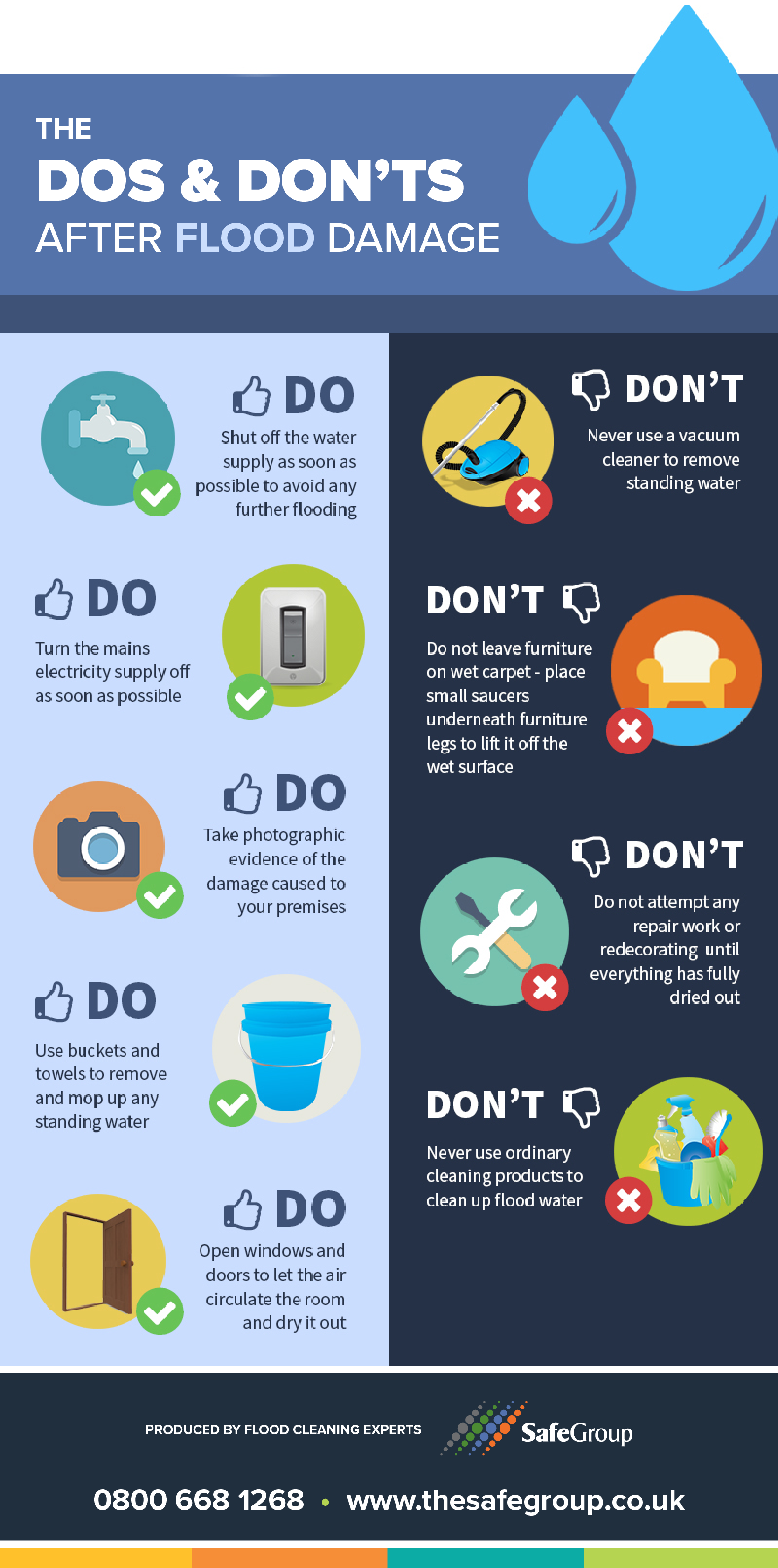
Property should be left vacated whilst any flood risk remains. When it is safe to return, it is time to assess any damage and proceed with flooding clean-up.
Any residual floodwater will need to be pumped out of your building, and appropriate cleaning and dehumidifying processes applied to return the setting to useable condition and ensure that damp and mould are avoided.
Water-damaged items such as equipment, stock and room furnishings will need to be disposed of and replaced where necessary.
Flood damage cleaning is a skilled operation that benefits from specialist equipment and knowledge.
Flood water can contain contaminants, including sewage and chemicals, which can be seriously harmful to humans, pets and wildlife.
Failure to remove such polluted wastewater carefully could cause illness to those who come into contact with it or regulatory action by the Environment Agency.
That is why we’d always recommend hiring a qualified flood clean-up company to ensure that your company’s property is back in operation as soon as possible.
Flood cleaning experts
It is perfectly possible to make matters worse and more costly after a flood by not carrying out flood water cleaning properly.
Doing this can cause building damage, additional property loss and even long-term ill health.
This is because long-term flood problems, such as damp and mould growth, can contribute to serious respiratory conditions.
SafeGroup has years of experience in repairing water damaged premises in London and the South East and across the UK, so don’t hesitate to get in touch for a fast resolution.
For flood recovery and clean-up advice and a fast response to flooding emergencies, call us on 0800 668 1268.

